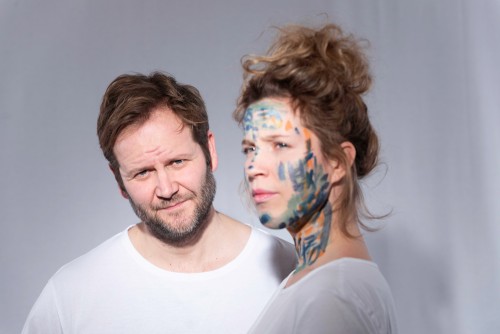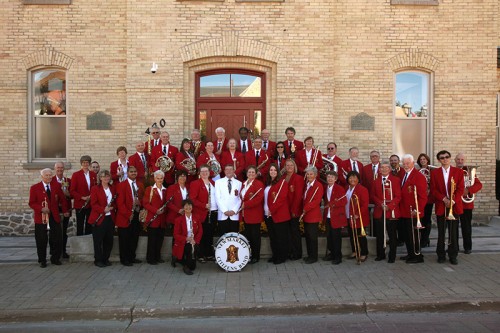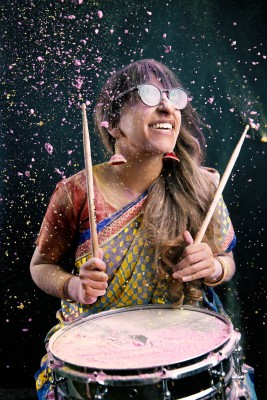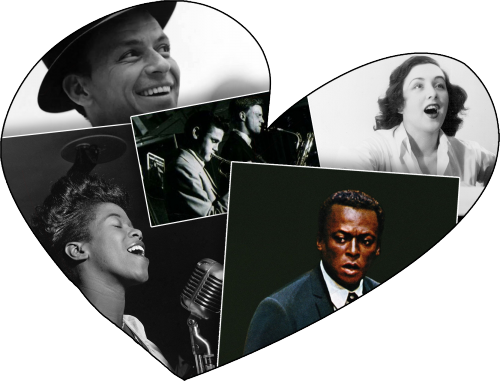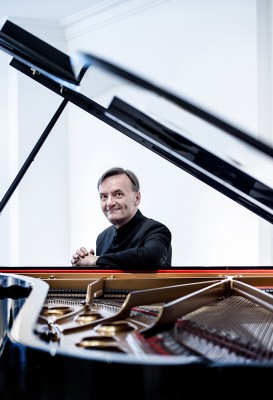Fourth Grosvenor Recital Tops an Intriguing List
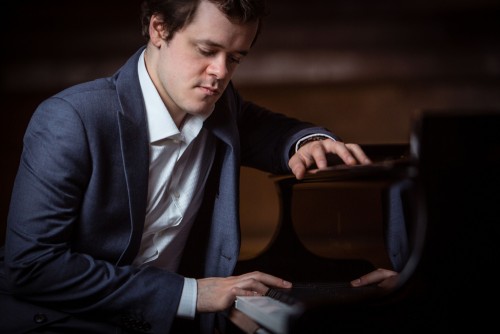 Benjamin Grosvenor first came to prominence when he won the Keyboard Final of the 2004 BBC Young Musician Competition at the age of 11. He was invited to perform with the BBC Symphony Orchestra at the First Night of the 2011 BBC Proms at 19. In the same year he became the youngest British musician ever, and the first British pianist in almost 60 years, to sign with Decca Classics. Gramophone named him Young Artist of the Year in 2012. A riveting performer with keen musical insights, many inspired by pianists of the past, Grosvenor’s Music Toronto recital on March 31 marks his fourth appearance here since 2014, a testament to his prodigious talent. In the following email Q & A, which took place in mid-February, Grosvenor spoke about his latest CD and the program for his upcoming Toronto concert.
Benjamin Grosvenor first came to prominence when he won the Keyboard Final of the 2004 BBC Young Musician Competition at the age of 11. He was invited to perform with the BBC Symphony Orchestra at the First Night of the 2011 BBC Proms at 19. In the same year he became the youngest British musician ever, and the first British pianist in almost 60 years, to sign with Decca Classics. Gramophone named him Young Artist of the Year in 2012. A riveting performer with keen musical insights, many inspired by pianists of the past, Grosvenor’s Music Toronto recital on March 31 marks his fourth appearance here since 2014, a testament to his prodigious talent. In the following email Q & A, which took place in mid-February, Grosvenor spoke about his latest CD and the program for his upcoming Toronto concert.
WN: I very much enjoyed your new recording of the Chopin piano concertos which I found to be highly contemporary yet informed by a sensibility reaching back into the last century. I interviewed you in the fall of 2017 and remember your response to my question “Who was the first composer you fell in love with as a child?” being Chopin. How did you decide to select his piano concertos as your first recording since Homages in 2016? How long have the concertos been part of your repertoire?


